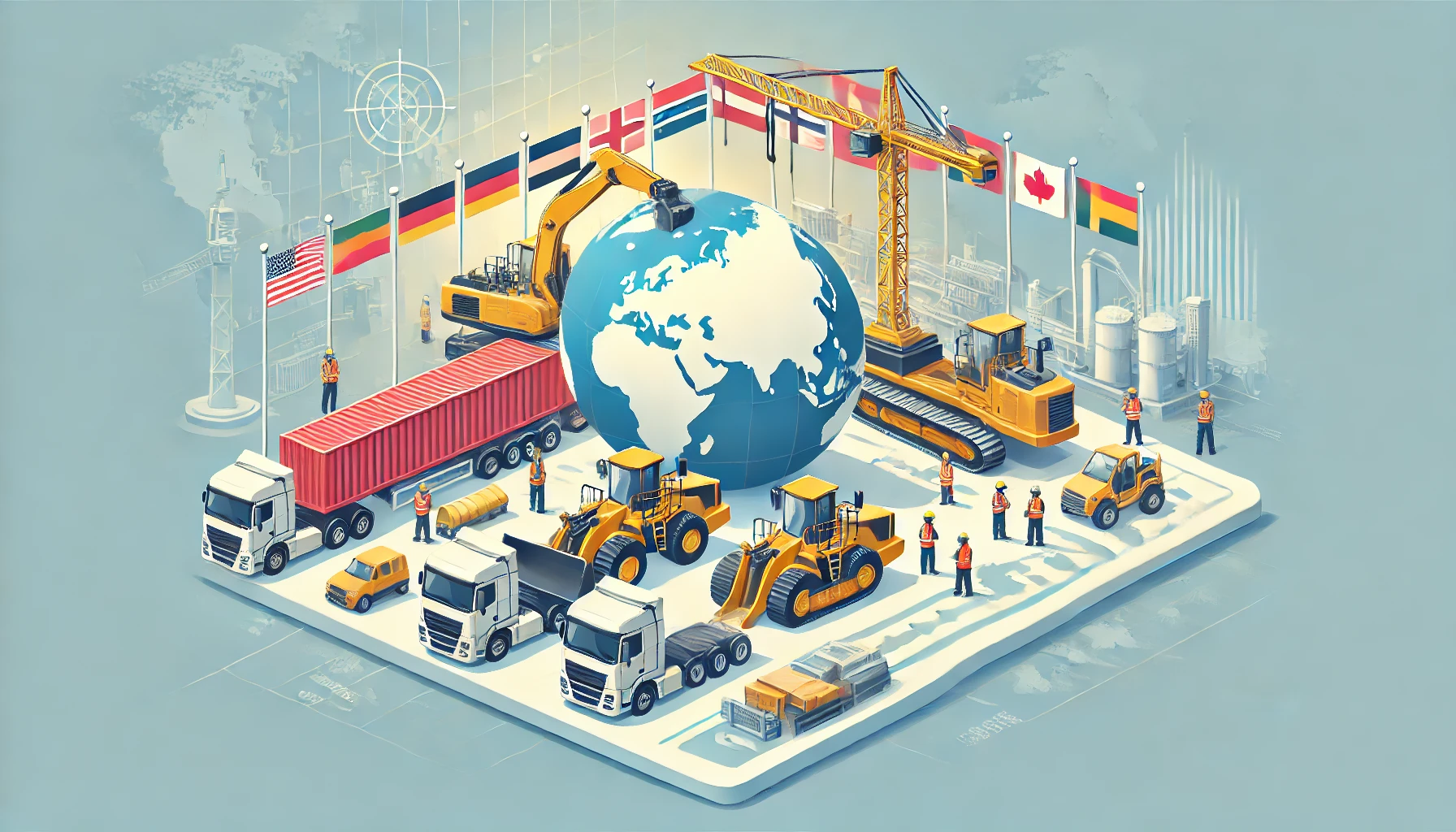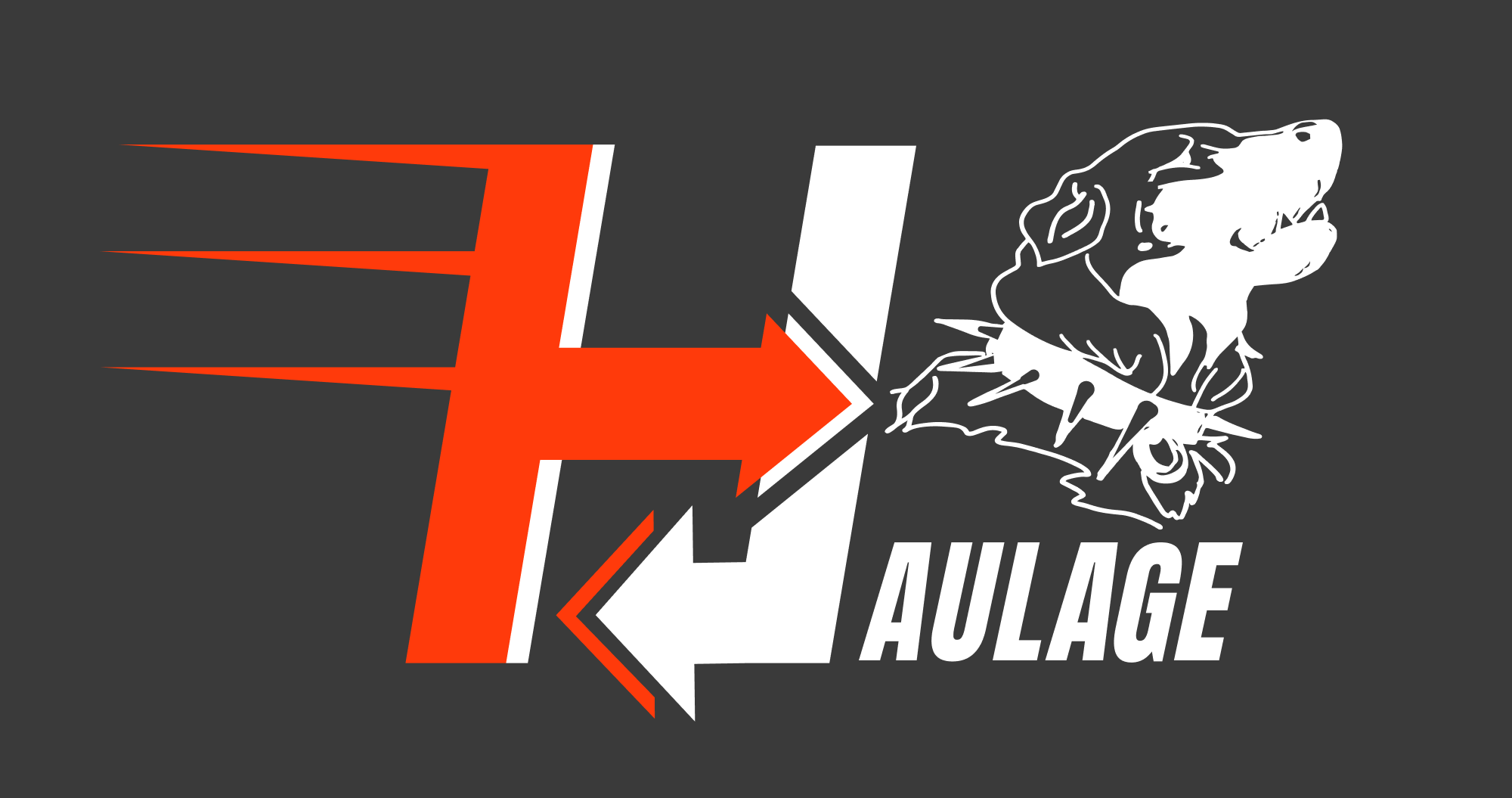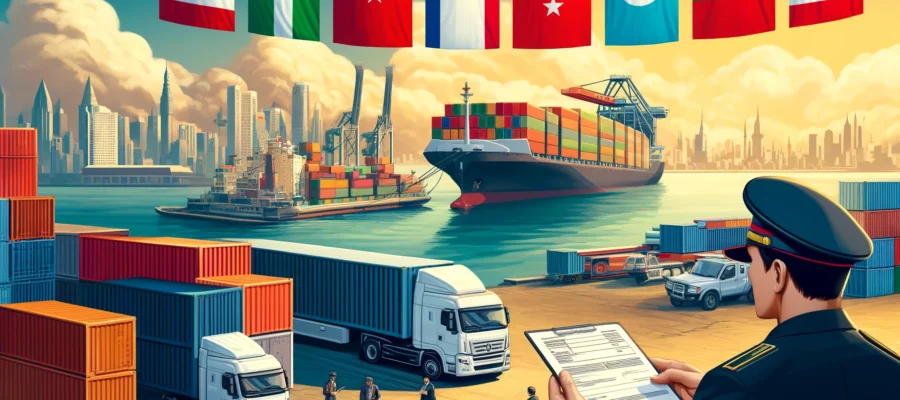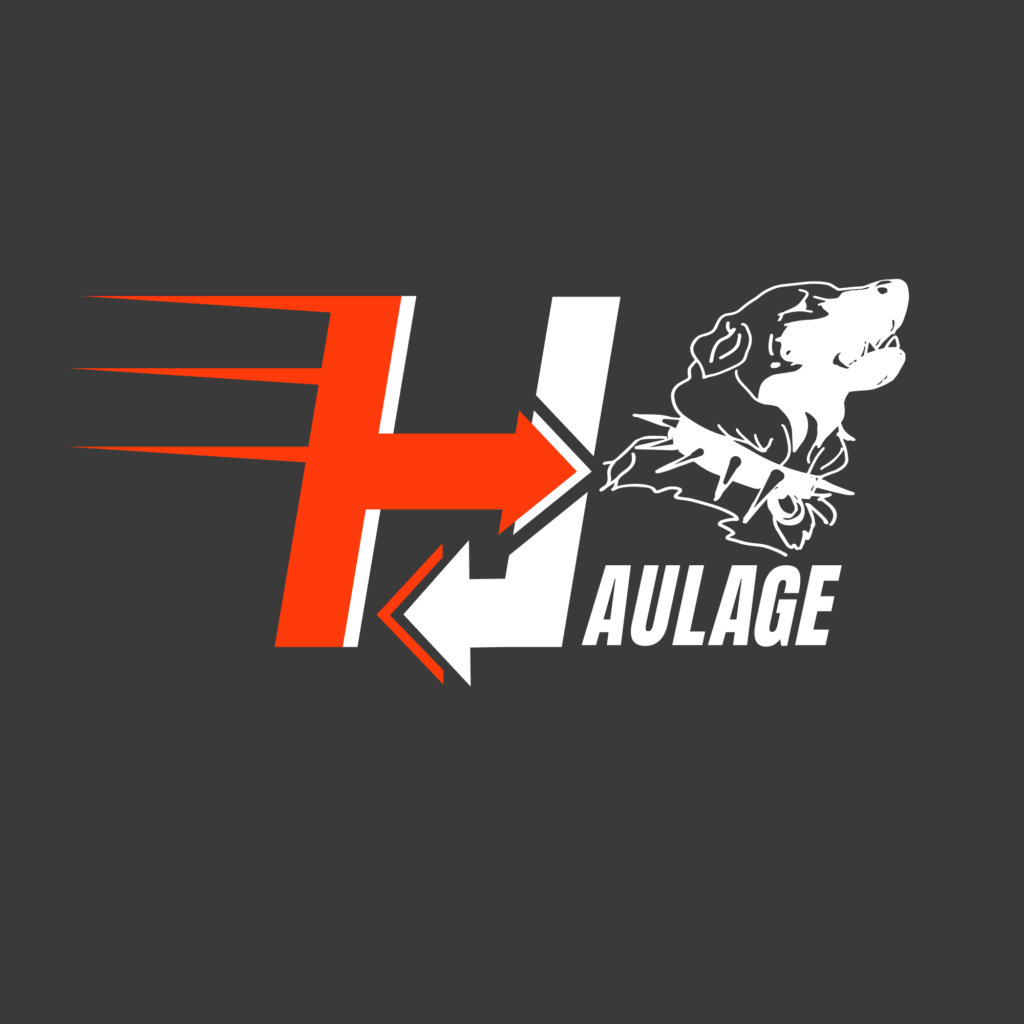
How to Set Up a Construction Site Abroad
Korkmaz Gocer
Setting up a construction site abroad can be a daunting task, especially when you’re exporting second-hand heavy machinery and trucks. The process involves navigating complex regulations, logistical challenges, and ensuring that the machinery is suited for the local environment and project needs. However, with careful planning and execution, you can establish a construction site abroad successfully. In this blog post, we will guide you through the essential steps required to set up a construction site in a foreign country, with a focus on exporting second-hand heavy machinery and trucks.
1. Research the Target Market and Local Regulations
Before shipping any equipment overseas, the first step is to thoroughly research the market where you plan to set up the construction site.
Key Areas to Research:
- Import Regulations: Every country has different import rules and restrictions, particularly for second-hand equipment. Some countries may have limits on the age of machinery that can be imported, while others may require special certifications, such as emission compliance.
- Duty and Taxes: Research import duties, value-added tax (VAT), and other fees that could affect your overall costs.
- Permits and Licensing: Obtain all necessary permits and licenses required to operate a construction site. This includes environmental impact assessments, building permits, and worker safety certifications.
Pro Tip: Consult with a local customs broker or legal expert to ensure you are fully compliant with all local laws. This can help avoid delays and fines during the machinery importation process.
2. Select the Right Heavy Machinery and Trucks
Choosing the appropriate machinery and trucks is critical to the success of your construction site. Since you are exporting second-hand equipment, it’s essential to ensure that the machinery is still in good working order and suitable for the specific type of construction work required.
Factors to Consider:
- Project Requirements: Assess the type of construction (e.g., residential, commercial, infrastructure) and choose machinery accordingly. Excavators, loaders, bulldozers, and cranes are common equipment for most projects.
- Local Conditions: Consider the terrain, climate, and environmental conditions. For example, trucks and machinery that are more robust may be required for areas with rugged terrain or extreme weather.
- Emissions and Safety Standards: Ensure that your second-hand machinery complies with the emissions and safety regulations of the destination country. Older machinery may require upgrades or modifications to meet these standards.
Pro Tip: Have the machinery inspected and serviced before shipping to avoid costly repairs or breakdowns on-site. Provide a maintenance plan and access to spare parts for the duration of the project.
Hard Work Is Our Standard
3. Establish Logistics and Shipping Processes
Logistics is one of the most challenging aspects of setting up a construction site abroad. Heavy machinery and trucks are large and bulky, making transportation both complex and expensive.
Steps for Efficient Logistics:
- Transport Routes: Identify the best shipping routes to the destination country. Consider whether your equipment will be shipped by sea (RoRo or containerized shipping), air, or land.
- Customs Clearance: Work with freight forwarders or customs brokers to manage customs paperwork and ensure that all necessary documentation is in order, including certificates of origin, proof of ownership, and permits.
- Inland Transport: Once the machinery arrives at the port, you’ll need to arrange for inland transport to the construction site. Assess the road infrastructure to ensure the machinery can be safely transported from the port to the site.
Pro Tip: Use a logistics provider experienced in handling large shipments of heavy machinery. They can help manage customs clearance and navigate the logistical complexities of moving equipment across borders.
4. Hire Local Labor and Train Operators
Running a construction site in a foreign country requires local labor. However, operating second-hand machinery may present a challenge if workers are not familiar with older models.
Key Considerations:
- Local Workforce: Hire skilled workers who understand local regulations and are experienced in operating construction equipment. Partnering with local staffing agencies can help in finding qualified labor.
- Training: Provide training for operators to ensure they are familiar with the specific machinery you’ve imported. If necessary, hire technical experts to train local workers in maintenance and safe operation of the second-hand equipment.
- Health and Safety: Prioritize the health and safety of your workers by ensuring that all machinery meets local safety standards and that workers are equipped with proper personal protective equipment (PPE).
Pro Tip: Offer ongoing support and training to local operators and maintenance crews throughout the project. Well-trained operators will help extend the life of your second-hand machinery and avoid costly downtime.
5. Set Up On-Site Infrastructure and Facilities
Before construction can begin, you’ll need to establish basic infrastructure on the construction site to support operations. This includes temporary facilities for workers, machinery storage, and basic utilities.
Essential On-Site Infrastructure:
- Storage Areas: Designate areas for storing machinery, tools, and spare parts. Ensure these areas are secure and protected from environmental factors such as rain or extreme temperatures.
- Fuel and Maintenance Facilities: Set up fuel storage tanks and maintenance workshops to service trucks and machinery on-site. Having these facilities in place reduces downtime and ensures that equipment can be serviced promptly.
- Worker Accommodations: Depending on the project location, you may need to provide temporary housing and amenities for workers, including sanitation, water, and electricity.
Pro Tip: Plan for efficient workflows by positioning storage and maintenance facilities close to the areas where machinery will be used. This minimizes the time spent moving equipment around the site.
6. Plan for Maintenance and Spare Parts
Second-hand machinery, while cost-effective, often requires more frequent maintenance and replacement of parts. Having a maintenance plan in place is crucial for keeping your project on track.
Maintenance Planning:
- Preventive Maintenance: Implement a preventive maintenance schedule to ensure that machinery stays in good working order. This includes regular inspections, oil changes, and part replacements.
- Spare Parts Inventory: Keep an inventory of essential spare parts on-site to avoid delays in case of equipment failure. Establish relationships with local suppliers to quickly source parts that are not readily available.
- Local Technicians: Train local technicians or hire maintenance experts who understand the specific machinery you are using. This can help in troubleshooting and reducing repair times.
Pro Tip: Partner with local dealers who specialize in second-hand heavy machinery for support with parts, maintenance, and repairs.
7. Compliance with Environmental and Legal Regulations
Each country has its own set of environmental and legal regulations that must be followed during construction. Failure to comply with these rules can result in fines or delays.
Regulatory Considerations:
- Environmental Impact: Ensure that your construction site follows environmental protection laws. This may include managing waste disposal, limiting noise pollution, and preventing soil erosion.
- Legal Compliance: Follow all local labor laws, building codes, and health and safety regulations. Make sure you are fully licensed to operate a construction site in the foreign country.
Pro Tip: Hire local legal experts or consultants who understand the regulatory environment and can help you navigate the legal landscape.
8. Monitor and Manage the Project
Finally, managing a construction site abroad requires constant monitoring and communication to ensure that everything runs smoothly.
Project Management Tips:
- Remote Monitoring: Use project management software and tools to monitor progress, track machinery usage, and stay on top of budgets and timelines. If possible, integrate GPS tracking for your trucks and machinery to monitor their location and condition.
- Local Management Team: Establish a local management team that can oversee daily operations and report back to you. This ensures that any issues can be addressed quickly and efficiently.
Pro Tip: Visit the site regularly, especially during the initial setup phase, to ensure that operations are proceeding according to plan.
Conclusion
Setting up a construction site abroad as an exporter of second-hand heavy machinery and trucks requires careful planning and execution. From navigating local regulations and shipping logistics to training local operators and managing maintenance, there are several critical factors to consider. By taking the necessary steps to research the market, select the right equipment, and establish efficient workflows, you can successfully set up a construction site and ensure that your project runs smoothly and on schedule.
Setting up a construction site abroad with second-hand heavy machinery requires careful planning, from navigating local regulations to ensuring efficient logistics and maintenance, but with the right strategy, your project can run smoothly and on schedule.




Post a Comment